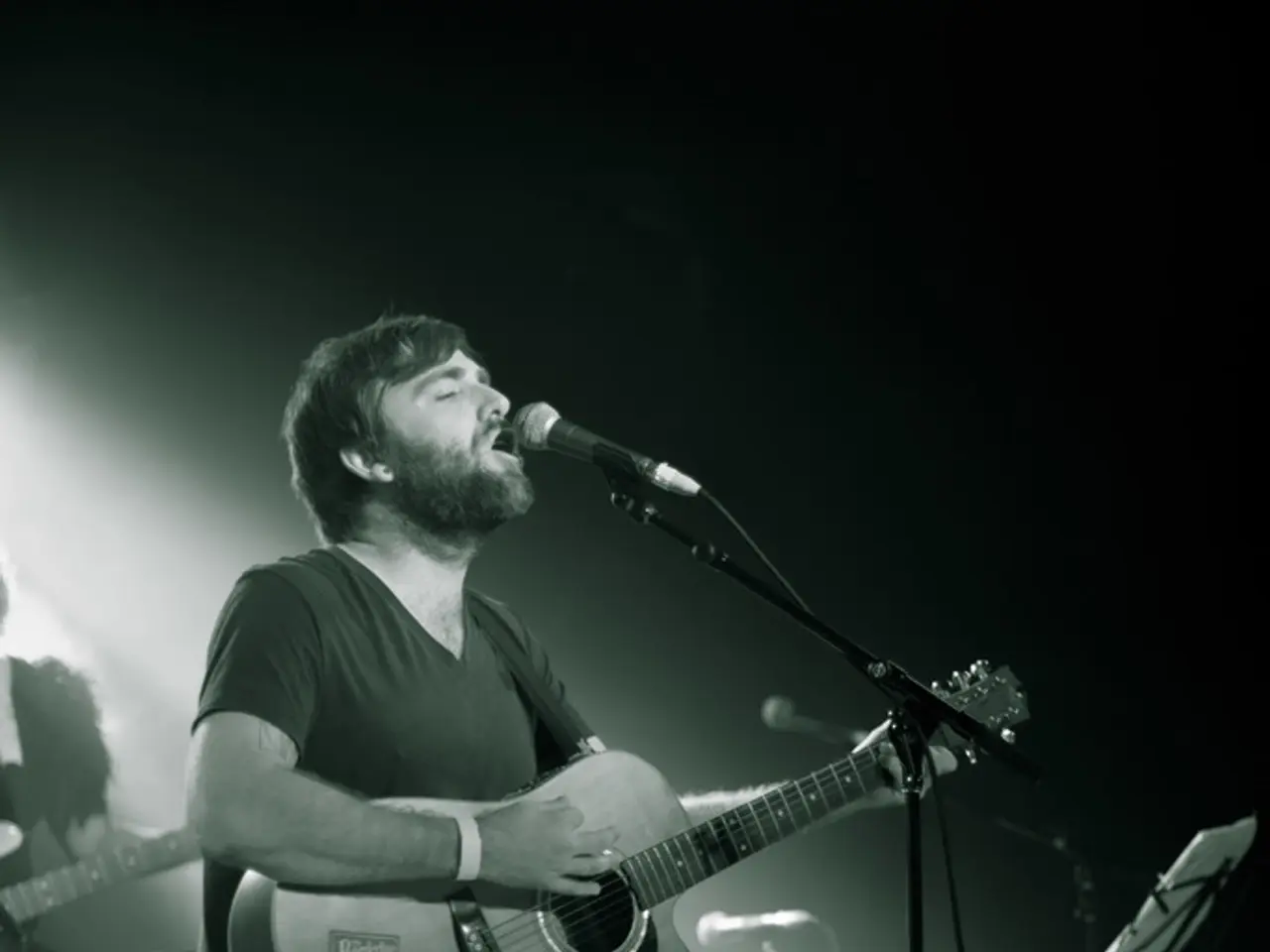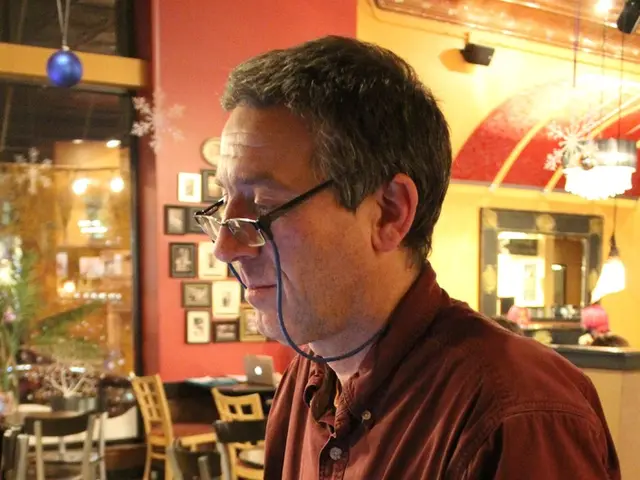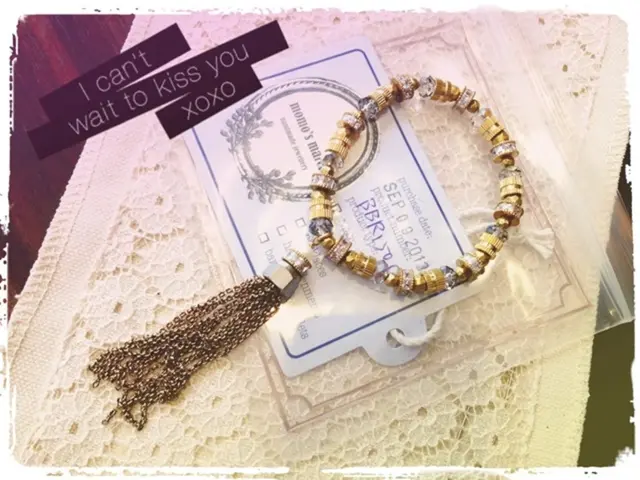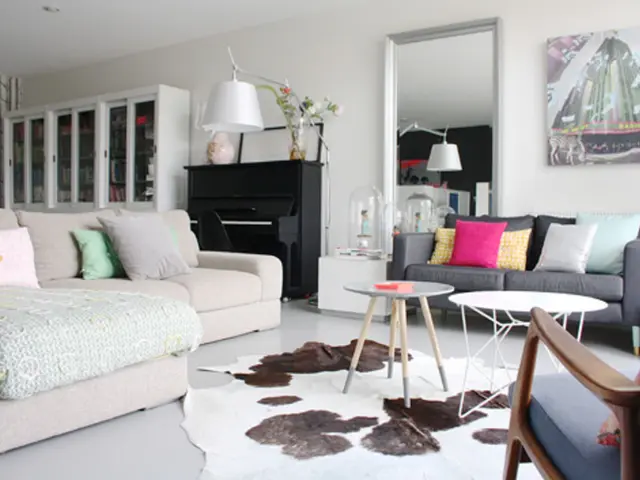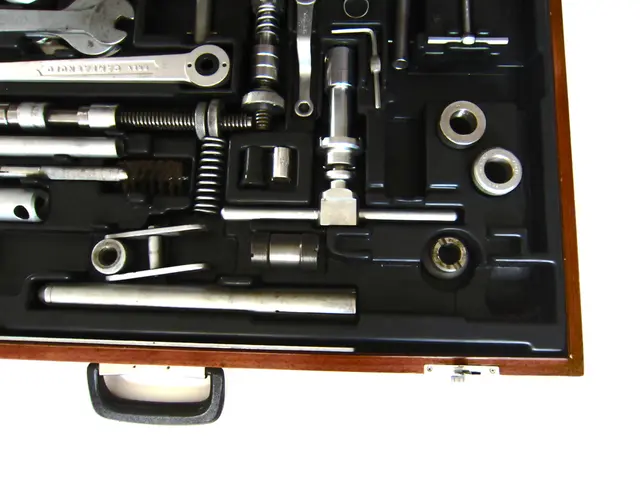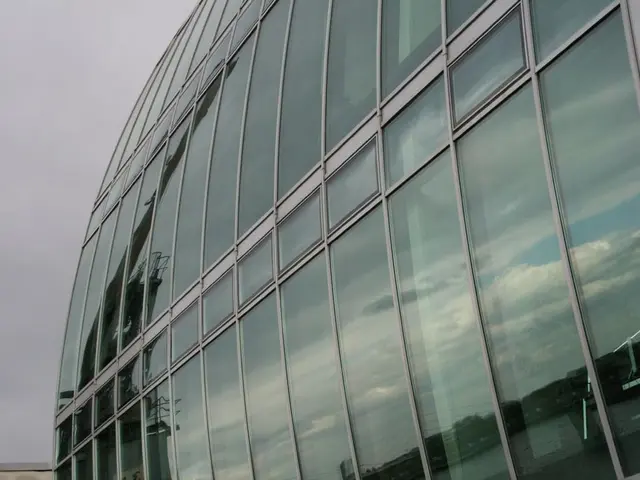Development of Karaoke Equipment: From Tape to Digital Media
==============================================================================
Karaoke, a beloved social activity filled with laughter, unforgettable connections, and questionable vocal performances, has come a long way since its humble beginnings in the late 1970s. This incredible journey, marked by technological advancements, has transformed karaoke into an experience that transcends age, culture, and geography.
The story of karaoke begins in Kōbe, Japan, where businessman patrons sang along to instrumental music tracks with vocal parts removed, thanks to cassette-based karaoke systems [1]. As the popularity of karaoke grew, it expanded to the United States in the late 1980s, with karaoke bars offering public venues for performances and home karaoke systems becoming widely available [1].
In the 1990s and early 2000s, the transition to compact discs (CDs) marked a significant improvement in sound quality and ease of use for karaoke enthusiasts. Karaoke CDs, often CD+G (which included graphics for lyrics), became the new standard, enhancing the karaoke experience at home and in bars [1][additional general historical knowledge].
By the late 2000s, the karaoke industry embraced digital systems and internet connectivity, enabling on-demand song selections, downloadable tracks, and interactive features. Digital karaoke machines and software integrated with TV screens and computers replaced physical media, vastly expanding the available song libraries and improving user convenience and performance options [1].
This evolution reflects technological advancements from analog tapes through optical discs to digital streaming and software, paralleling broader trends in music consumption and entertainment technology. Key milestones in this progression include the emergence of cassette tapes in Japan in the late 1970s, the popularization of karaoke bars and home karaoke systems in the late 1980s, the transition to karaoke CDs in the 1990s, and the widespread adoption of digital karaoke systems in the late 2000s [1].
The digital shift in karaoke has also brought about new opportunities for connection and creativity. With apps like Smule and Karafun, people can sing along to thousands of tracks on their portable devices [1]. The introduction of CD+G, which displayed lyrics on screens, made it easier for singers to follow along and enjoy the experience [1].
Moreover, digital karaoke has instilled a sense of optimism and interconnectivity. Karaoke platforms now allow amateur singers to showcase their talents, receive feedback, and connect with fellow music enthusiasts worldwide [1]. The convenience of karaoke now being available on smartphones has eliminated the need for cumbersome machines and hefty CD cases [1].
The explosion of karaoke products in the '90s made the joy of singing more accessible to families and households [1]. Today, karaoke platforms encourage individual expression and personal growth, offering features like real-time vocal coaching powered by artificial intelligence [1].
Despite its technological advancements, karaoke remains a celebration of connection, creativity, and community, whether in intimate gatherings or at karaoke bars. It has become a global phenomenon, transcending boundaries and bringing people together in shared musical moments that forge profound connections [1].
For further exploration of this fascinating topic, visit Pusangoguryeoroom.com.
[1] Historical information obtained from various sources.
- In the digital age, karaoke apps like Smule and Karafun allow singers to showcase their talents, connect with fellow music enthusiasts worldwide, and access thousands of tracks right on their portable devices.
- The integration of digital technology in karaoke, such as on-demand song selections, downloadable tracks, and interactive features, has instilled a sense of optimism and interconnectivity, impacting the way people consume and enjoy karaoke.
- As karaoke platforms evolve, they offer additional features, such as real-time vocal coaching powered by artificial intelligence, to encourage individual expression and personal growth among singers.
